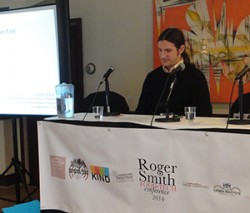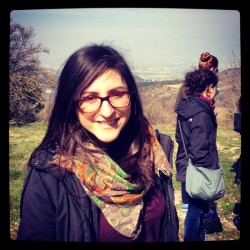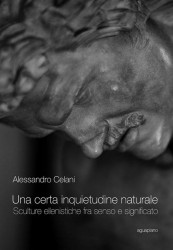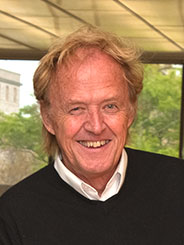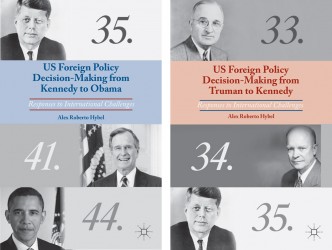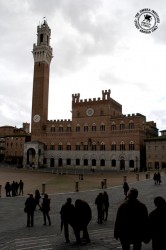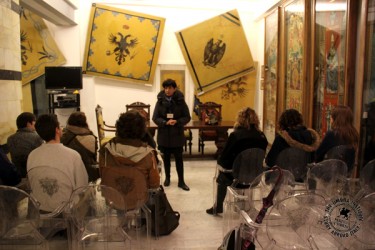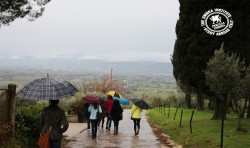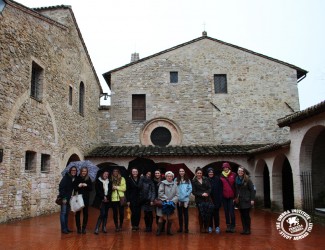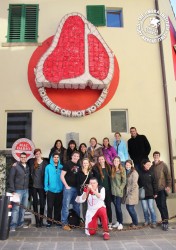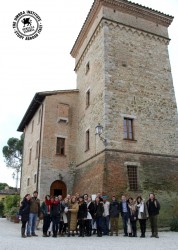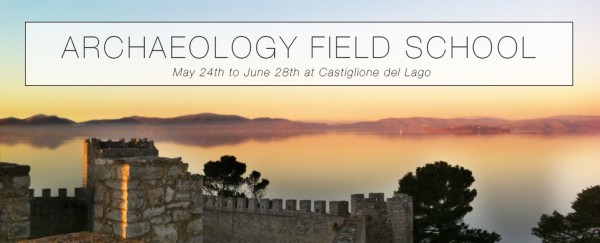In the second installment of our special three-part mini blog series, Muhlenberg College student, Hannah Goldberg shares her study abroad experience teaching English in Perugia as part of Umbra’s INIT 350: Academic Internship and Seminar: Education course.
———
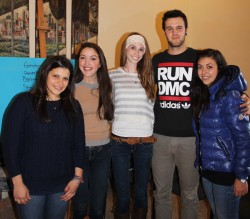 When entering my first day of the education internship, I hoped that I would be able to give the students everything they wanted to gain out of coming to an English speaking American culture workshop. Little did I know that throughout the experience, I was going to gain so much more than I ever even thought I could give them. This internship in Perugia, Italy has taught me that Education requires a high amount of commitment. At the same time, I have learned that this commitment comes easily when you see the passion that the students have to learn what you can offer them.
When entering my first day of the education internship, I hoped that I would be able to give the students everything they wanted to gain out of coming to an English speaking American culture workshop. Little did I know that throughout the experience, I was going to gain so much more than I ever even thought I could give them. This internship in Perugia, Italy has taught me that Education requires a high amount of commitment. At the same time, I have learned that this commitment comes easily when you see the passion that the students have to learn what you can offer them.
During internship hours, we typically focus on their ability to find comparisons between American culture and their Italian culture. When they are able to find this link, our culture no longer seems like such a foreign concept to them, and it is rewarding to hear them come to this conclusion. While these discussions go on, the students don’t realize how much they are practicing their English language which is a great benefit. This exercise allows them to practice as much as possible, but in a relaxed setting that they wouldn’t normally find in a regular classroom. The best thing about this internship position has definitely been being able to treat the students as peers, and seeing how much more each of us can gain from that relationship.
Teaching here has given me much more than I could have hoped for, and I have been so thankful for that looking back through this experience.


